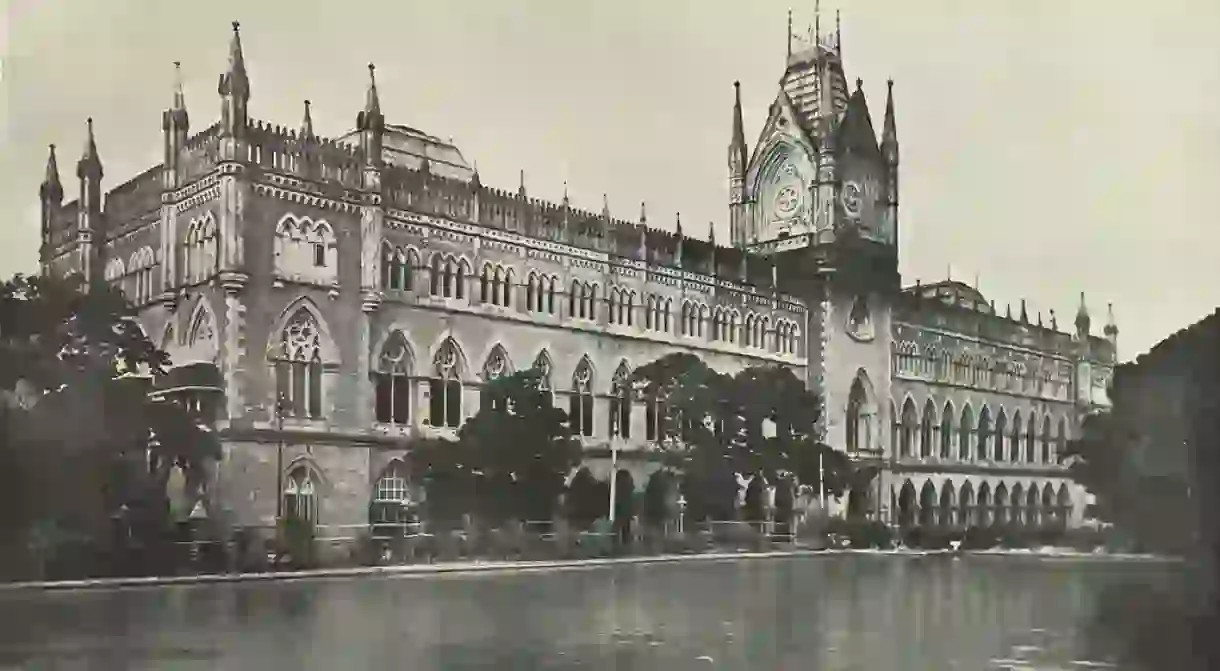7 Historic Events That Defined Modern Day Kolkata

Kolkata’s journey over the years has been paralleled to that of India’s as a whole – particularly considering that this historic city was once the capital of the country. We’ve compiled this list of seven developments in the past couple of centuries that have defined Kolkata and aided in its evolution to its current form.
The Indian Independence movement
As India’s capital during the British Raj, it’s only natural that Calcutta (present-day Kolkata) served as a centre for the independence movement. In fact, it was one of the earliest points of revolt against the British with ‘The Revolt of 1857’ – a major uprising by Indian soldiers – having been launched just outside of the city. The Kolkata of today still remains a point of Indian pride and patriotism.

The Bengal Renaissance
Kolkata’s stature as the cultural capital of India was all rooted in its role as a hotspot of the Bengal Renaissance. A social, cultural, intellectual, artistic and philosophical movement that spanned mostly over the 18th and 19th centuries in Bengal found a hub in the bustling metropolis of Kolkata, radically boosting the city’s significance in Indian history.

The Howrah Junction Railway Station
When it was built in 1854, the Howrah Junction Railway station immediately made Kolkata a hub of rail transport in the country. Besides being the oldest railway station in the country, it is currently recognized as the busiest as well. The station has 23 active platforms, giving it the highest train-handling capacities among railway stations in the country.
The Howrah Bridge
First proposed in 1862, and finally built in its current form by 1943, the Howrah Bridge is among the most important landmarks in Kolkata. The completion of the Howrah Bridge helped establish Kolkata as the commercial hub it is today and is one of the most game-changing developments in the city’s modern history. The bridge is currently one of the world’s busiest bridges.

The Calcutta Film Society
Kolkata’s place as India’s intellectual and artistic hub was further boosted when the city emerged as a hub of parallel cinema. Operating outside commercial and mainstream Bollywood, cinema from Kolkata gathered critical acclaim from around the world and was regularly featured in international film festivals. Much of this is considered to have originated from the founding of the Calcutta Film Society in 1947 by Satyajit Ray, Chidananda Dasgupta and others.
The Metro Rail
Built in 1984, Kolkata’s Metro Rail was the first of its kind in India. Serving as a model for metro railway systems in other Indian cities, Kolkata’s metro is today an integral part of the city’s landscape and daily life. Carrying over 650,000 passengers on a daily basis, it is among India’s busiest metro rail networks.

From Calcutta to Kolkata
Known as Calcutta until 2001, the city was renamed Kolkata echoing a country-wide trend of moving away from colonial-era anglicized names of places. While it had always been pronounced as Kolkata by Bengali speakers, the name change signified an end to its colonial-era hang-ups and a reclamation of the city by its local populace to the rest of the country.













